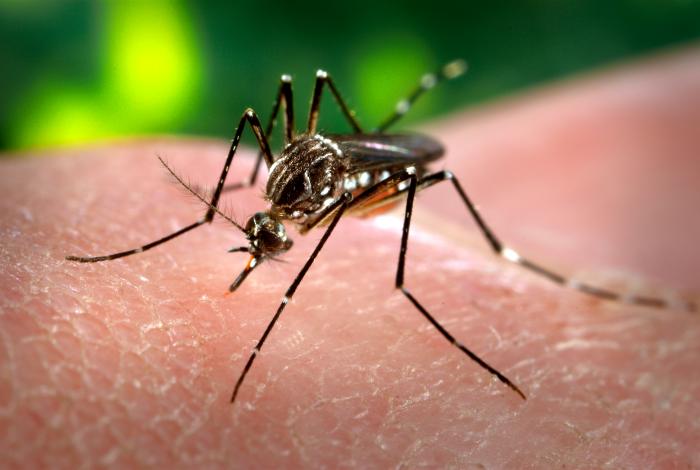In 2016, a Zika epidemic raged across the Americas, leading to more than 1,263 reported infections. Zika is a mosquito-borne virus that has been linked to an increased risk of neurological complications in adults and children, and birth defects in children born to infected mothers. In 2017, it was believed that the Zika epidemic that haunted the Americas was waning. However, this was not the case. A study led by Nathan Grubaugh Ph.D. (a faculty member at the Yale School of Public Health) showed that as cases of Zika were decreasing all throughout the Americas, Cuba experienced a hidden outbreak that was masked by poor surveillance. The impetus for the 2019 paper and this discovery was previous work done in the Grubaugh lab which showed that widespread surveillance gaps and inconsistent reporting could lead to delayed detection of the Zika virus.
The Grubaugh lab began to suspect that there must’ve been a hidden outbreak somewhere in the Americas when they looked at Zika infections in travelers entering Florida. Through their partnership with the Florida Department of Health, the Grubaugh lab was able to notice something strange—as Zika infections were supposed to be decreasing, people coming into Florida were still catching the virus from somewhere. In order to find the source of these infections, the Grubaugh lab sequenced samples of the virus from Florida and found that 98 percent of all Zika cases were in travelers coming from Cuba. But this didn’t add up—Cuba had little to no Zika cases reported in 2017, yet travelers going from Cuba to Florida were infected. Thus, by looking at travel surveillance and the genomic sequencing of the Zika virus, the Grubaugh lab was able to determine that there was Zika outbreak in Cuba, and it went fully unreported. And on top of this, through this framework, the Grubaugh lab estimated that Cuba must’ve had anywhere 5,500 to 10,000+ Zika infections in 2017.
Now you may be wondering—how could an entire Zika outbreak go unreported? The simple answer is, surveillance is hard. Some people don’t have symptoms, and others that have symptoms might not have access to a clinic, and therefore the infection goes unreported. On top of this, when local infections are discovered, clinics often have trouble getting this information to the Pan American Health Organization—the major public health organization in the Americas.
We can’t always expect disease virus surveillance to be comprehensive, and that’s why the work done in the Grubaugh lab is so important. Not only did this study uncover a hidden Zika outbreak in Cuba, but more importantly, it created a framework that can be used in the future to detect other hidden outbreaks using genomic sequencing of viruses and travel surveillance. Furthermore, the study seems to be catching the attention of public health officials throughout the world. Because of his work, Grubaugh was invited to the Pan American Health Organization’s arbovirus surveillance meeting where he explained his work to the world’s leading public health experts. In the future, this framework could be crucial in predicting gaps in surveillance and testing the effectiveness of international arbovirus surveillance systems.
Virus surveillance will never be perfect, and the framework that the Grubaugh lab helped create is still in its infancy. However, this framework will certainly prove to be increasingly crucial in improving virus surveillance in the future and ensuring that no outbreak goes undetected.

